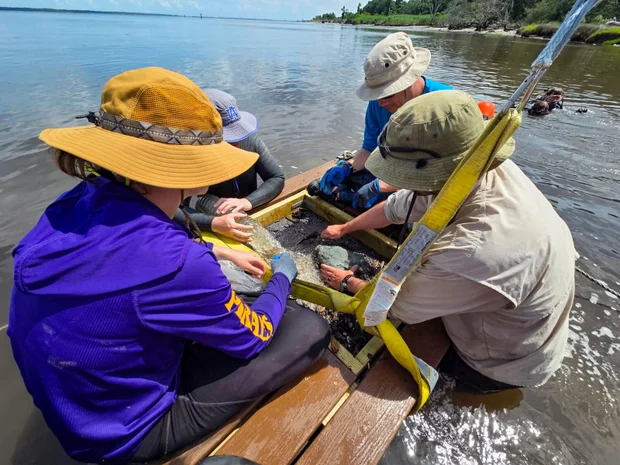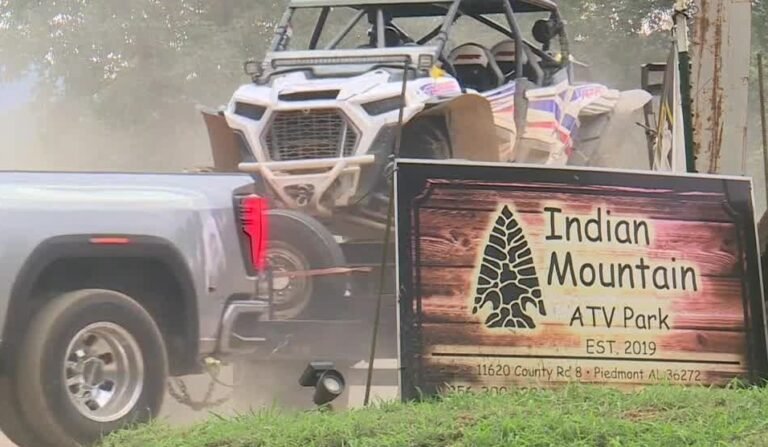North Carolina Grad Students Accidentally Discover ‘La Fortuna’ — Wrecked Pirate Ship That Exploded in 1748
BRUNSWICK COUNTY, N.C. — What began as a routine summer field study turned into one of the most significant maritime archaeology finds in recent North Carolina history. Graduate students from East Carolina University’s Program in Maritime Studies accidentally uncovered what could be the remains of La Fortuna, a Spanish privateer that exploded off the Brunswick Town waterfront during an attack in 1748, according to Knewz.
The wreck was located at the Brunswick Town/Fort Anderson State Historic Site, a location already known for its rich colonial maritime past. La Fortuna, believed to have sailed from Cuba, met its violent end near the colonial wharves during the final days of King George’s War. The blast reportedly scattered debris along the Cape Fear River, where the wreck’s remnants may have been preserved beneath layers of clay and silt for more than two and a half centuries.
A Chance Encounter Beneath the Cape Fear
Graduate student Cory van Hees recalled the moment of discovery while measuring Wharf Four as part of a mapping project. In the murky waters of the Cape Fear River, visibility was so poor that the students could barely see more than a few feet ahead. That’s when van Hees noticed several wooden frames protruding from the mud, with faint planking visible on the surface. Not immediately realizing the significance, he alerted his professors — and soon, the site was confirmed by maritime archaeologist Dr. Jason Raupp to be a shipwreck.
Initial wood samples taken from the site revealed materials consistent with 18th-century shipbuilding practices in the Spanish Caribbean colonies. The discovery prompted an “emergency recovery” to protect the remains from ongoing erosion, storms, and river traffic.
Preserving a Colonial-Era Relic
More than 40 pieces of timber were recovered during the salvage operation. Though the original vessel has long since broken apart, many pieces were remarkably well preserved and still bore tool marks from the original builders. The timbers were transferred to the North Carolina Office of State Archaeology and later sent to the Queen Anne’s Revenge Conservation Laboratory at ECU for conservation treatment.
The site of the wreck lies close to where a cannon — believed to be from La Fortuna — was recovered in 1985. This proximity strengthens the theory that the wreck is indeed the infamous privateer.
A Window Into North Carolina’s Maritime History
The La Fortuna discovery was part of a broader project that documented four shipwrecks at the Brunswick Town site. Other finds included a colonial-era flatboat used for ferrying goods, a vessel believed to have been used for expanding waterfront land, and an unidentified wreck just visible above the riverbed.
Archaeologists also mapped historic port infrastructure such as timber-crib wharves, a marsh causeway, and artifacts that reflect the colony’s daily life, trade, and military defenses. These finds provide rare insight into the commercial and military importance of the Cape Fear River during the mid-18th century.
From Accident to Archaeological Treasure
For van Hees and his fellow students, the emotional impact of the discovery has been profound. “It was kind of overwhelming and a little emotional feeling, once it set in,” van Hees said. What began as a routine measurement dive ended with the unearthing of a shipwreck that could rewrite a chapter of North Carolina’s colonial history.
While further analysis will be needed to conclusively identify the wreck as La Fortuna, the combination of location, historical records, and recovered materials has archaeologists optimistic. For now, the discovery stands as a reminder that the waters off North Carolina still hold secrets from the age of sails, cannons, and privateers.
Do you think more historic treasures remain hidden beneath the Cape Fear River? Share your thoughts with us at SaludaStandard-Sentinel.com.







